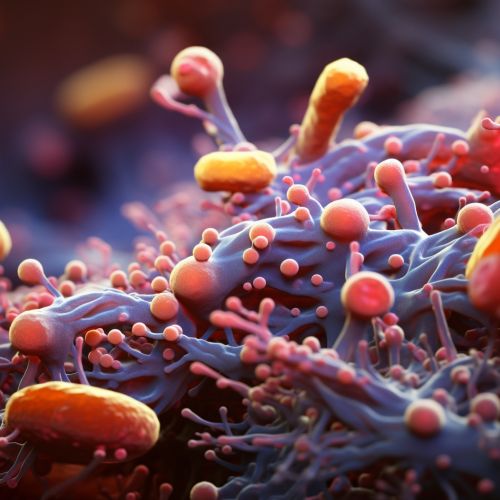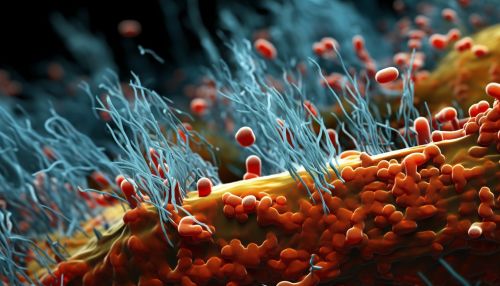Clostridium
Introduction
Clostridium is a genus of Gram-positive bacteria that includes several significant human pathogens, including the causative agents of botulism and tetanus. They are obligate anaerobes capable of producing endospores. The normal, reproducing cells of Clostridium, called the vegetative form, are rod-shaped, which gives them their name, from the Greek κλωστήρ or spindle.


Classification and Structure
Clostridium is part of the phylum Firmicutes, which contains a large portion of the bacteria that are Gram-positive and have low-G+C content in their DNA. The genus Clostridium is classified under the class Clostridia and is part of the family Clostridiaceae. There are over 100 species within this genus, including pathogenic and nonpathogenic species.
Clostridium species are rod-shaped, and may be straight or have a slight curve. They are typically 0.5 to 1.2 µm in diameter and 1.5 to 16.0 µm in length. The bacteria can exist in two different forms: vegetative cells and endospores. The vegetative cells are the metabolically active form and can reproduce by binary fission. When conditions become unfavorable, the bacteria can produce endospores, which are resistant to heat, desiccation, and chemicals, and can survive in the environment for long periods of time.
Metabolism
Clostridium species are obligate anaerobes, meaning they can only grow in the absence of oxygen. They are capable of fermentative metabolism, and can use a variety of substrates, including sugars, amino acids, and purines. Some species are capable of fixing nitrogen.
Pathogenesis
Several species of Clostridium are significant human pathogens. Clostridium perfringens causes gas gangrene, food poisoning, and necrotic enteritis. Clostridium difficile is associated with antibiotic-associated diarrhea and pseudomembranous colitis. Clostridium botulinum produces the botulinum toxin, which causes botulism, a rare but serious paralytic illness. Clostridium tetani produces the tetanus toxin, which causes tetanus, a serious and often fatal disease.
Treatment and Prevention
Treatment of Clostridium infections typically involves antibiotics, although some species, such as C. difficile, are becoming increasingly resistant to these drugs. In some cases, antitoxins may also be administered. Prevention of Clostridium infections can be achieved through proper food handling and preparation, and through the use of vaccines for diseases such as tetanus.
